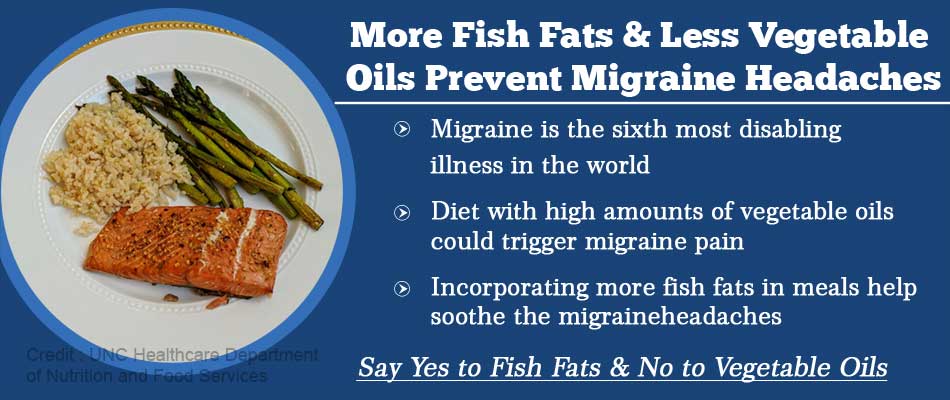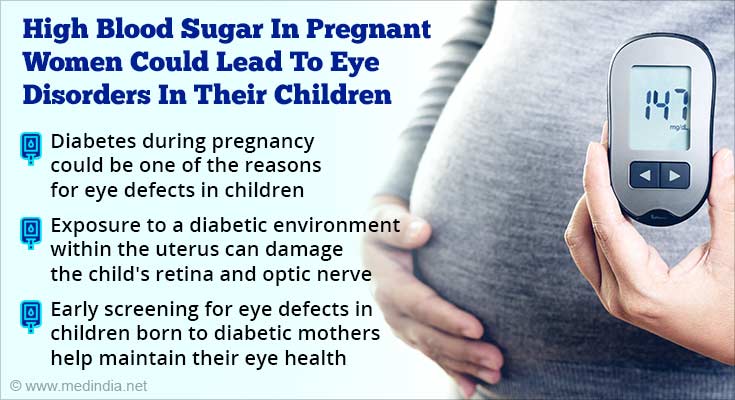said Dr.Luigi Ferrucci, scientific director of NIA.
is the third most prevalent illness in the world. Being a debilitating neurological disease, it is more than a headache with symptoms like visual disturbances,
, dizziness, sensitivity to light, and numbness in the extremities or face.
People with chronic migraine pain, suffer for days and months, which effects their productivity at work and lowers their quality of life.
- Globally, more than 4 million people have chronic migraines (at least 15 migraine days per month)
- Over 90% of sufferers cannot work or function normally during a migraine attack, which lasts for about 4 hours to 3 days
- Nearly 39 million Americans live with migraines, according to the estimates by the American Migraine Foundation
- Women seem to be highly vulnerable to migraine headaches than men, especially women between the ages of 18 and 44 are more prone to migraines
- About 18% of all American women suffer from migraines
- Current medications for migraine offer only partial relief and can have negative side effects such as sedation, and the possibility of dependence or addiction
Can You Manage Migraines with Your Diet?
The study aimed to investigate whether dietary interventions had any effect in reducing migraine pains among 182 participants with a mean age of 38 years. Around 67% of them met the criteria for chronic migraine, where all the participants had migraines on 5-20 days per month.
Some fatty acids like linoleic acid, which is present in high amounts in western diet patterns, boost the levels of oxylipins, a typical signaling molecule that increases inflammation, pain, and hypertension in some circumstances. However, other fatty acids such as n-3 eicosapentaenoic acid (EPA) and docosahexaenoic acid (DHA) decrease the levels of this molecule in blood, thereby reducing painful conditions in preclinical models.
Therefore, the team designed three specific diet patterns that had fish, vegetables, hummus, salads, and breakfast items and all the participants were assigned to one of these three diet plans.
- A diet with high amounts of fatty fish and higher linoleic acids (Diet rich in EPA and DHA)
- A diet with high levels of fatty fish and low levels of linoleic acid (Diet rich in EPA and DHA & low in linoleic acid) and
- A control diet that had an average U.S intake of these fatty acids.
During the 16-week dietary intervention, the subjects also underwent blood tests to estimate antinociceptive mediator 17-hydroxydocosahexaenoic acid (17-HDHA) and headache impact test (HIT-6) through a six-item questionnaire. The frequency of their headaches was also monitored daily with an electronic diary.
From the results of all the analyses, the team found that:
-
Dietary patterns with high levels of fatty fish or oils from fatty fish and lowered linoleic acid reduced total headache hours per day, severe headache hours per day, and overall headache days per month by 30%-40% in comparison with the control group - Levels of pain-related lipids were reduced among the people who had the same diet throughout the study period
“Changes in diet could offer some relief for the millions of Americans who suffer from migraine pain. It’s further evidence that the foods we eat can influence pain pathways,” said Chris Ramsden, the lead investigator of the study.
This new study showcased how much the constituents of our plate could produce biochemical changes in our bodies. The team also planned to explore the effects of dietary patterns on other chronic pain conditions.
Here are some other ways to soothe your migraine headaches:
- Stick to a good sleep routine
- Create a calm environment and relax
Exercise regularly -
Avoid foods that worsen your pain -
Manage your time wisely and stay stress-free
References:
- Ramsden, CE, et al. Dietary alteration of n-3 and n-6 fatty acids for headache reduction in adults with migraine: randomized controlled trial. BMJ 2021;374:n1448. doi: 10.1136/bmj.n1448.
- aising Money for Migrane Research – (https://migraineresearchfoundation.org/about-migraine/migraine-facts/)
Source: Medindia



